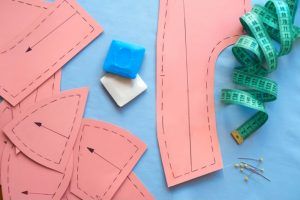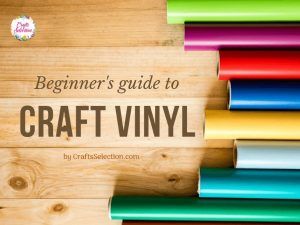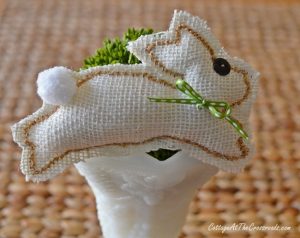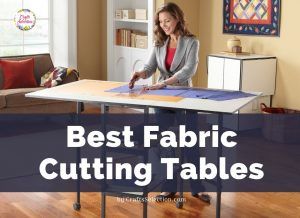Conceptualizing an artistic design out of the tandem of thread and needle refers to embroidery.
A plain textile can be evolved into a voguish fabric using stitches in a stylish and creative embellishment through the innovative mind, craftsmanship, and vibrant colors of embroidery floss.
The thickness of the design depends on the fabric, needle, and idea of the weaver.
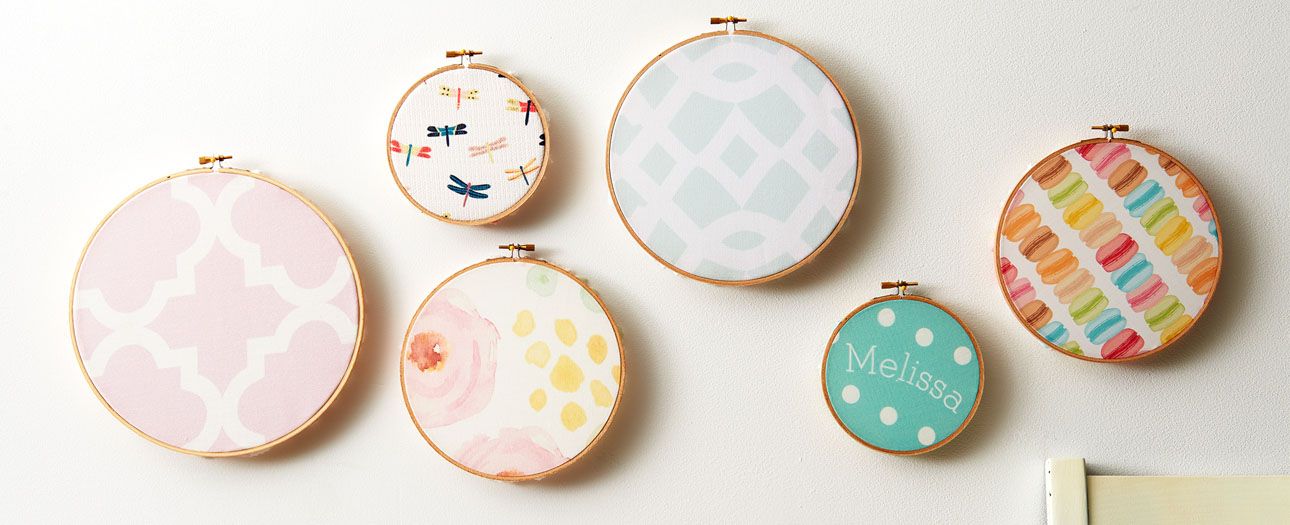
There are several textiles to choose from including even weave, hardanger, Lugana, Jobelan, toweling, Oslo, Aida cloth, and linen fabrics.
Furthermore, you can apply different techniques in performing the embroidery such as cross stitch, Hardanger, Bargello, black work, petit point, lettering, and pulled work.
For sure, many customers will patronize these wonderful fabrics because of their amazing patterns, lovely charms, and appealing embroidery.
If you are aiming for massive fabric production with stunning designs, you should select textiles that are applicable for tailoring.
What is the Objective of Your Embroidery Project?
Determine the purpose of your needlework to decide what design, layout, and color that should appear on your embroidery.
You may weave embellishments on your curtains, garments, cushions, pillow sheets, handkerchiefs, scarfs, home decors, and more.
You have to make sure that the design matches the fashion of the user, facility, or background. You have to reach out with the demands of the users so that you may provide their wants and needs.
In the world of business, creating an impressive layout of your embroidery is crucial to their success. A customer will select a product suitable to their taste and lure them to buy.
An attractive image is a great marketing strategy to motivate many customers to avail company’s products.
If you think the upholstery enterprise will be patronized with its plain product’s features then think again.
Nowadays, customers are looking for more authentic, unique, and quality designs rather purchasing simple objects to their home.
The businesses should be able to cope with the diversification. Always put into mind that, people love new and exciting products to canvass and buy.
Read more: How to Start an Embroidery Business?
Picking the Right Fabric For Your Embroidery


1. Learn the Range of Thread Counts per Fabric
Before you begin weaving, you should consider first the thread count and choose the appropriate textile to start off your embroidery.
2. When You Want to Quilt on a Fabric, Try Cotton
Generally, the thread count for cotton is at 120 whereas, this material is very efficient to use when pulling the needle and thread. The cotton texture is delicate, soft, and easy to weave.
Make sure to choose a loose fabric for an easy tailoring and it will not cause pain to your fingers.
3. Pre-shrink the Textile Before the Stitch
Prior to the needlework project, pre-washing the fabric can reduce the crumple on the surface of the textile which makes it easier to be embroidered.
4. Discover Your Embroidery Talent and Run Your First Stitch
After accomplishing the aforementioned 3-step guidelines, you are now prepared to manage your first sewing skill.
There are many designs to choose on the internet and you may also create your personalized graphics, letterings and prints to come up with a beautiful craft.
See also: How To Acquire Different Embroidery Ideas?
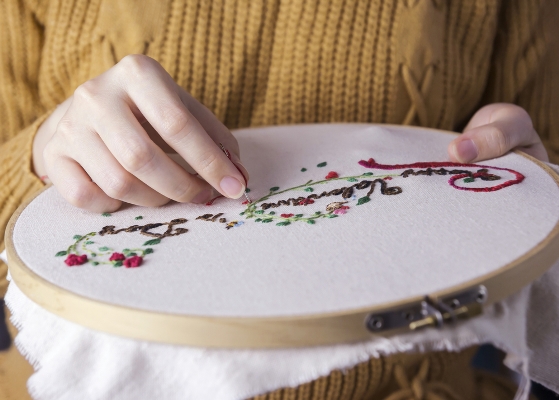

Knowing the prerogatives of embroidery to the customers, industries, and family, this information can suffice the potential investors, wannabe dressmakers, tailor enthusiast, talented weavers, and business sectors to recognize the importance of embroidery in the society.
Moreover, this context provides the readers with fun and fundamental learning regarding this remarkable craft and they may pursue this as a simple hobby or a professional career in the future.
Pick the right fabric, procure the best needle, and surprise the crowd with your embroidery!

